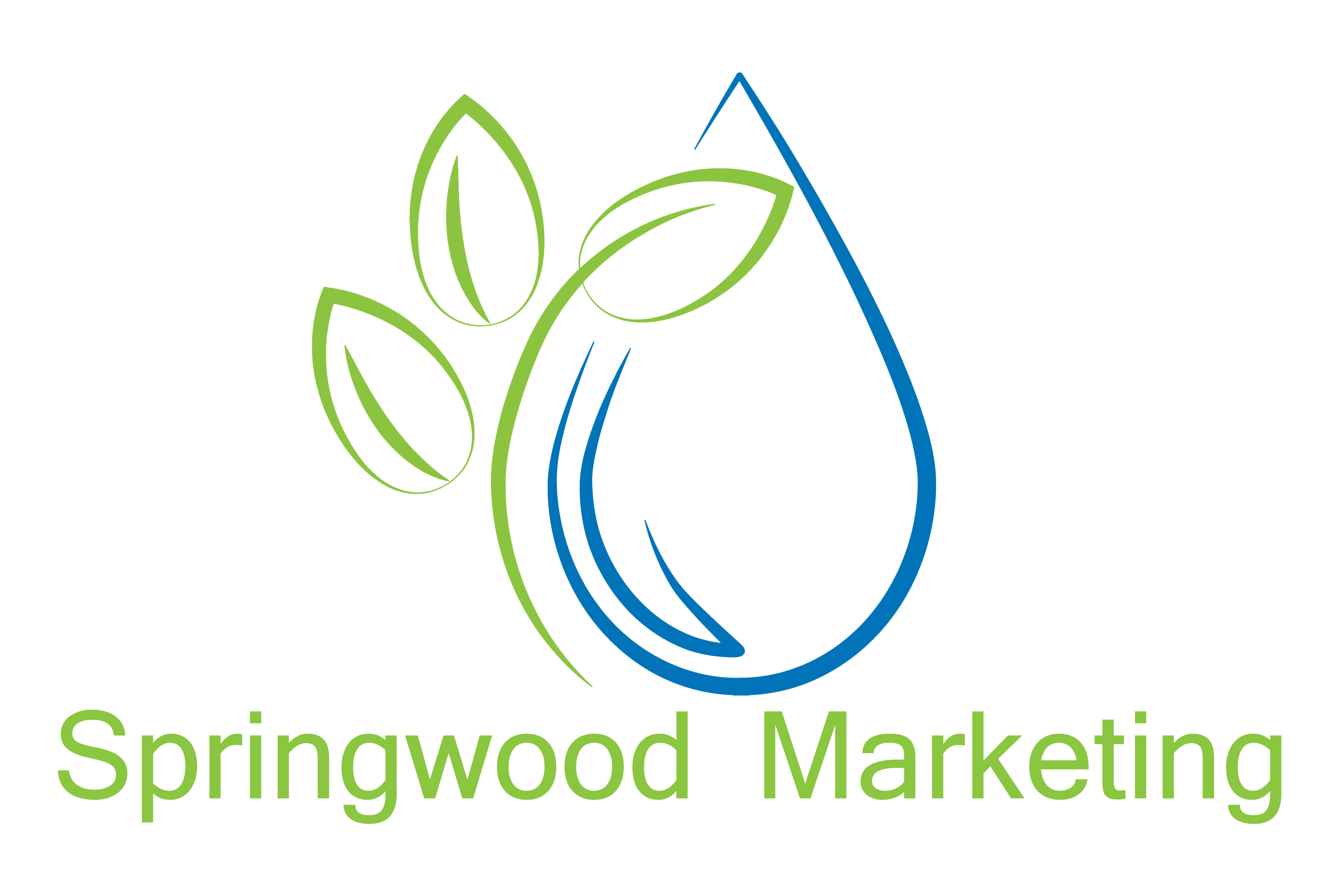In the fast-paced world we live in, marketers must be thoughtful about the content they are publishing; marketers have few chances and very little time to make a lasting impression on their target audiences. So what makes content captivating? What type of content sparks curiosity? The answer is simple: graphic design visuals.

According to B2C, 80% of consumers are more likely to read your content if it includes a colorful visual or graphic. If a potential customer is quickly scrolling through their Facebook feed, they are likely to scroll right past a large body of text — but an image will catch their attention.
Once you’ve gotten their attention, you have a short period of time to convince them they should click your link or inquire about products and services. Therefore, you should keep captions brief and allow the graphic to speak for itself. Here’s how to convey a message through graphic design:
Colors
In graphic design, color is one of your greatest assets. Bright colors will allow your graphic to stand out against the flat, white background of a social media newsfeed. Additionally, using your brand colors in a design will make it easier for consumers to recognize your brand. However, it’s important to also consider the psychology behind color and how it influences purchase intent.
Every color evokes a different emotion or mood. What do you want your target audience to feel when they consume your content? For instance, if you own a restaurant, you probably want consumers to feel hungry when they see your graphics — after all, the main objective of your content is to encourage audiences to dine with you. According to Review42, the color red is associated with passion, evokes a sense of urgency, and stimulates appetite. Therefore, the color red will have your customers eager to try your food.
Scaling and Contrast
With limited canvas space, you must be selective about the imagery and text in your design. What’s the most important information you’d like your audience to know? These details should stand out against other elements; this can be accomplished with scaling.
Scaling is the act of manipulating an element’s size and shape. Scaling allows you to add emphasis to certain details or items.
If you’re creating a graphic to promote your 50% off sale, adding emphasis to the sale amount by increasing its size will be effective in drawing your audience’s attention. If this discount is only valid for a period of time, you should include this timeframe on the graphic, as well. This timeframe is an important detail, but not as important as the sale amount; therefore, you might make this text half the size of “50% off sale.”
Creating contrast with scaling isn’t the only effective way to convey your message. You may also use contrasting font styles or colors to add emphasis.
Negative Space
Brevity is key to visual communication — keep it short and sweet, including only the most important information on your graphic! Visuals are only effective when used correctly, and there’s nothing less appealing than a graphic with too much text and poorly spaced elements. The eye is drawn to negative space!
Your design elements should not feel cramped — give everything a little room to breathe! Cut details that do not contribute to the message and take some time to play around with sizing and spacing.
At Springwood Marketing, we understand the importance of visual communication. Our designers specialize in curating content that is both appealing and effective in communicating a story or message. Interested in learning more about our graphic design services? Contact us today!
Don’t forget to follow us on Facebook, Twitter, LinkedIn, and Instagram!
